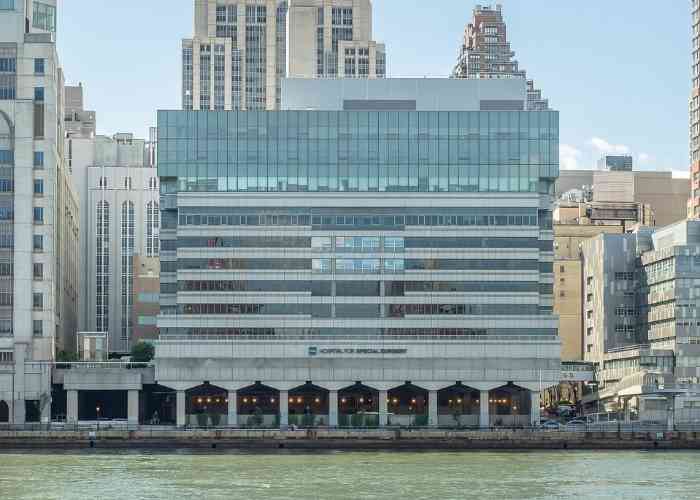What is the anatomy of the knee?
The knee joint is the most complex joint in the human body. The knee is designed to handle load, large amounts of stress and the demands placed on it every day. The knee can bend, twist, flex and offer power and strength for daily activities or sports. The anatomy of the knee and its flexibility can make it vulnerable to injury. Orthopedic Knee specialist, Dr. Answorth Allen diagnoses and treats a wide variety of knee conditions and injuries for patients in Manhattan, New York City, Westchester, Long Island and surrounding areas.
What are the bones of the knee joint?
The knee consists of three main bones:
- Femur: Also called the thigh bone
- Tibia: Also called the shin bone
- Patella: Also called the kneecap
The Fibula is a small bone in the lower leg that runs alongside the lateral aspect of the tibia. The fibula does not carry any significant load (weight) of the body. It extends past the lower end of the tibia and forms the outer part of the ankle providing stability to this joint. It has grooves for certain ligaments which gives them leverage and multiplies the muscle force.
What are the ligaments in the knee?
The anatomy of the knee consists of several different ligaments that act to support and stabilize the knee throughout its range of motion. These ligaments are:
- ACL: Anterior Cruciate Ligament, this ligament is the most commonly injured ligament in the knee, and probably the ligament that most people have heard of. The ACL functions to keep the femur from sliding backward on the tibia, and the tibia from sliding forward from the femur. The ACL is located in the middle of the knee, connecting the front of the tibia to the back of the femur.
- PCL: Posterior Cruciate Ligament, this ligament is the mirror ligament to the ACL. Along with the ACL ligament, the PCL forms an “X” in the center of the knee. The PCL connects the back of the tibia to the front of the femur, preventing the femur from sliding forward on the tibia and visa-versa. The PCL is the largest and strongest ligament in the knee, making it less susceptible to injury and the ACL.
- MCL: Medial Collateral Ligament, this ligament runs down the inside of the knee and is responsible for side-to-side stability. The MCL keeps the knee from collapsing inward.
- LCL: Lateral Collateral Ligament, this ligament runs down the outside of the knee and is also responsible for supporting side-to-side movement. The LCL keeps the knee from collapsing outward
What other structures make up the anatomy of the knee?
Supporting structures within the anatomy of the knee help keep the knee strong, functional, and able to perform a wide range of motion. Important structures of the knee include:
- Cartilage: The knee has two types of cartilage that make up the joint:
- Articular cartilage: Covers the ends of the bones and allows the smooth, pain-free glide of the bones in the knee.
- Meniscus: Each knee has two crescent-shaped discs of cartilage that act as shock absorbers in the knee. The meniscus plays a vital role in the health of the knee, allowing proper weight distribution and stability. The job of the meniscus is to keep the bones from rubbing together while walking, running, flexing, or extending the knee.
- Tendons: The muscles are attached to the bones by strong tissues called tendons. Tendons connect muscle to bone, where ligaments connect bone to bone. Two important tendons in the knee are:
- Patellar Tendon: connects the patella to the tibia
- Quadriceps Tendon: connects the quadriceps muscles to the patella at the front of the thigh.
- Muscles: The strength of the knee comes from the surrounding muscles which also offer flexibility.
- Hamstrings: Three muscles in the back of the leg that bend the knee.
- Quadriceps: Four muscles in the front of the knee that straighten the knee.
- Gluteal Muscles: While not technically part of the muscle groups within the knee, the gluteal muscles are important for proper knee positioning. The gluteal muscles, or “glutes” are made up of the gluteus maximum and the gluteus minimus.
- Bursae: Fluid-filled sacs within the knee that reduce friction and help prevent pain and inflammation.
For more resources on the anatomy of the knee, or to have your knee pain or injury evaluated by an expert, please contact the office of Answorth A. Allen, MD orthopedic knee specialist at the Hospital for Special Surgery (HSS), serving Manhattan, New York City, Westchester, Long Island and surrounding areas.






